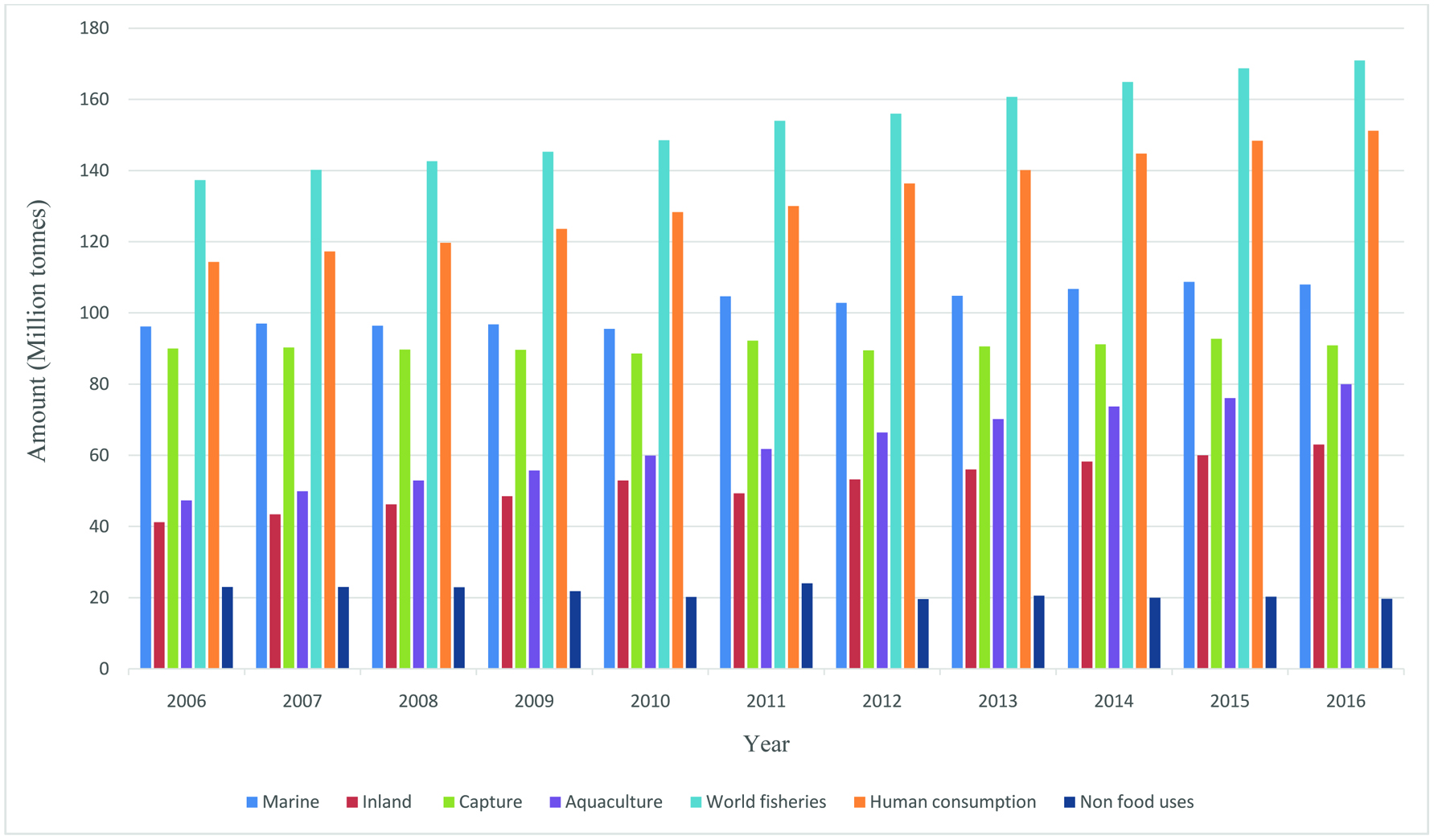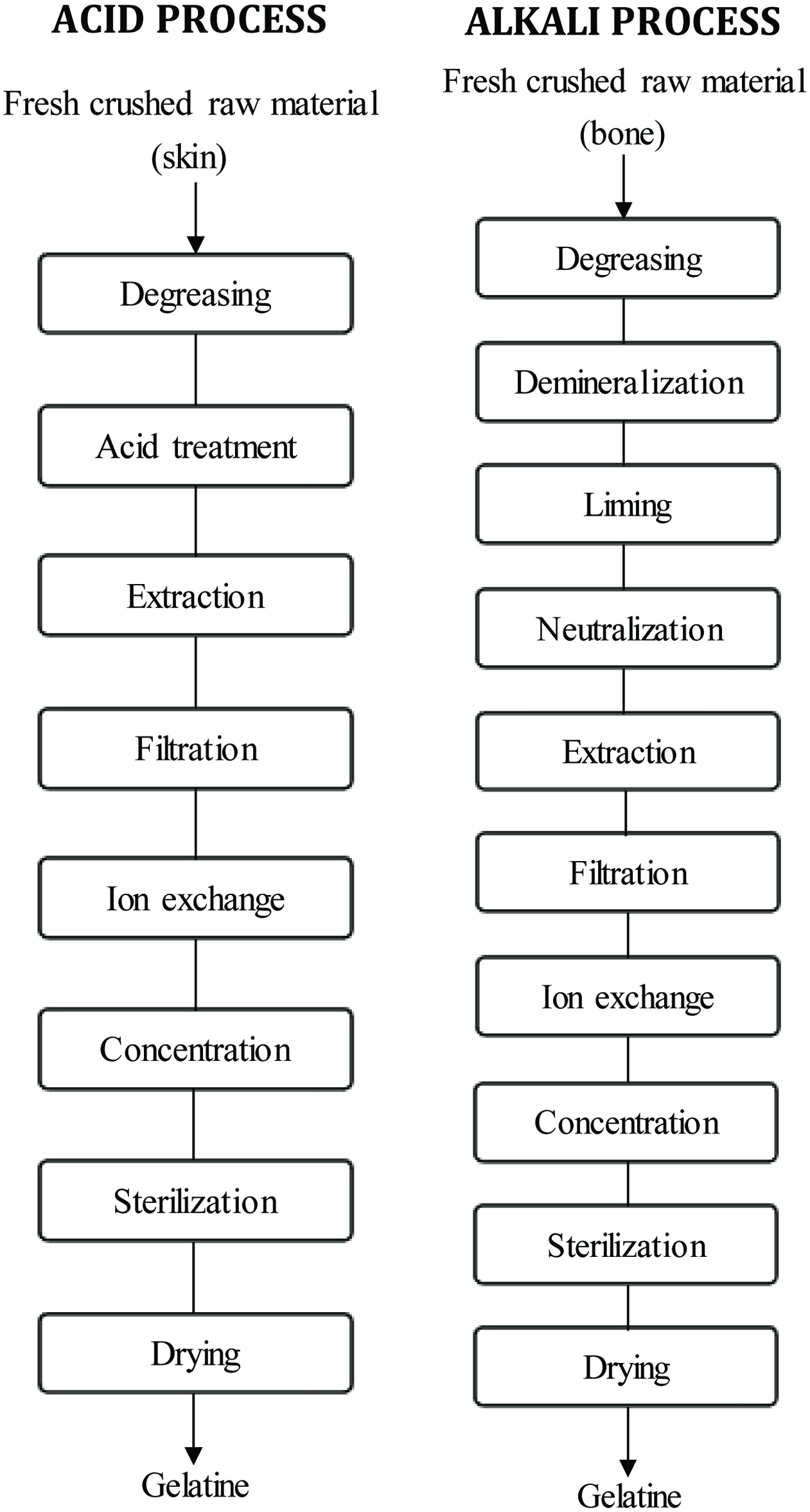
Figure 1. Inhibition percentage of supercoiled pBR 322 plasmid DNA scission in peroxyl radical-mediated systems with extracts from date seeds and palm leaf.
| Journal of Food Bioactives, ISSN 2637-8752 print, 2637-8779 online |
| Journal website www.isnff-jfb.com |
Original Research
Volume 5, March 2019, pages 120-130
Phenolic content, antioxidant and anti-inflammatory activities of seeds and leaves of date palm (Phoenix dactylifera L.)
Figures



Tables
| Sample | Crude yield of soluble phenolics (g/100g sample) | Total phenolics (mg GAE/g sample) | |
|---|---|---|---|
| Soluble phenolics | Bound phenolics | ||
| 1Data are expressed as means ± SD (n = 3). Means ± SD followed by the same letter within a column are not significantly different (p > 0.05).GAE, gallic acid equivalents. | |||
| Date seed 1 | 15.14 | 68.73 ± 0.95a | 2.43 ± 0.06d |
| Date seed 2 | 13.81 | 82.62 ± 3.70b | 2.50 ± 0.12d |
| Palm leaves | 30.23 | 106.96 ± 1.76c | 0.49 ± 0.01e |
| Sample | TEAC2 (mmol TE/g sample) | DPPH radical scavenging activity (mmol TE/g sample) | Hydroxyl radical scavenging activity (mmol TE/g sample) | Reducing power (mmol TE/g sample) | ORAC3 (mmol TE/g sample) | |||||
|---|---|---|---|---|---|---|---|---|---|---|
| Soluble phenolics | Bound phenolics | Soluble phenolics | Bound phenolics | Soluble phenolics | Bound phenolics | Soluble phenolics | Bound phenolics | Soluble phenolics | Bound phenolics | |
| 1Data are expressed as means ± SD (n = 3). Means ± SD followed by the same letter within a column are not significantly different (p > 0.05). 2 TEAC, trolox equivalent antioxidant capacity, 3ORAC, oxygen radical absorbance capacity. | ||||||||||
| Date seed 1 | 39.26 ± 0.48a | 1.84 ± 0.02a | 12.94 ± 0.52a | 0.60 ± 0.08a | 0.076 ± 0.003a | 0.006 ± 0.0005a | 4.26 ± 0.04a c | 0.17 ± 0.003a | 22.47 ± 0.42a | 3.12 ± 0.05a |
| Date seed 2 | 35.75 ± 1.53a | 1.76 ± 0.03b | 13.54 ± 0.69a | 0.64 ± 0.01a | 0.071 ± 0.005a,b | 0.005 ± 0.0005a | 6.01 ± 0.01b | 0.17 ± 0.003a | 22.18 ± 2.21a | 2.85 ± 0.20a |
| Palm leaves | 76.74 ± 3.81b | 0.50 ± 0.01c | 21.13 ± 0.13b | 0.07 ± 0.01b | 0.063 ± 0.001b | 0.0007 ± 0.0001b | 8.82 ± 0.48 | 0.024 ± 0.001b | 41.59 ± 0.66b | 5.48 ± 0.60b |
| Soluble extracts added to pork | Concentration.(g/kg pork) | TBARS (mg of MDA equiv/kg pork) | |||||
|---|---|---|---|---|---|---|---|
| Day 0 | Day 2 | Day 5 | Day 7 | Day 10 | Day 14 | ||
| 1Data are expressed as means ± SD (n = 3). Abbreviations : MDA, malondialdehyde; and BHA, butylated hydroxyanisole. | |||||||
| Control | – | 3.14 ± 0.14 | 4.75 ± 0.18 | 4.89 ± 0.12 | 4.46 ± 0.10 | 4.85 ± 0.27 | 5.71 ± 0.11 |
| BHA | 0.20 | 1.07 ± 0.14 | 0.95 ± 0.05 | 0.65 ± 0.05 | 0.48 ± 0.04 | 0.68 ± 0.04 | 0.75 ± 0.02 |
| Palm leaves, dechlorophillized | 0.50 | 0.74 ± 0.01 | 2.14 ± 0.02 | 2.40 ± 0.09 | 2.13 ± 0.03 | 3.01 ± 0.03 | 3.50 ± 0.11 |
| Palm leaves, as such | 0.50 | 1.20 ± 0.10 | 2.58 ± 0.13 | 2.59 ± 0.06 | 2.88 ± 0.06 | 3.67 ± 0.15 | 4.15 ± 0.22 |
| Date seeds 1 | 0.46 | 0.86 ± 0.09 | 3.13 ± 0.02 | 3.79 ± 0.17 | 3.78 ± 0.09 | 3.37 ± 0.05 | 4.63 ± 0.10 |
| Date seeds 2 | 0.30 | 1.05 ± 0.49 | 1.78 ± 0.09 | 2.64 ± 0.07 | 2.68 ± 0.05 | 3.52 ± 0.17 | 3.35 ± 0.16 |
| Sample soluble phenolic extract | Inhibition (%) |
|---|---|
| 1Data are expressed as the mean ± SD (n = 3). Values with different letters in the same column are significantly different (p < 0.05). | |
| Palm leaves | 87.82 ± 3.50a |
| Date seed 1 | 58.84 ± 1.11b |
| Date seed 2 | 74.22 ± 5.02c |
| No. | Phenolic compound | Retention time (min) | [M-H]− | Fragments | Extracts in which detected1 |
|---|---|---|---|---|---|
| 1S, soluble phenolic extracts and B, bound phenolic extract. | |||||
| 1 | Caffeoyl hexoside | 4.0 | 342 | 179 | Date seedS |
| 2 | Methyl gallate | 4.1 | 183 | 169 | Date palm leafS |
| 3 | Protocatechuic acid | 7.1 | 153 | 109 | Date palm leafB |
| 4 | Catechin | 8.4 | 289 | 245, 125 | Date seedB |
| 5 | p-Hydroxybenzoic acid | 9.6 | 137 | 93 | Date palm leafB |
| 6 | Proanthocyanidin dimer isomers | 8.7, 9.1, 11.4 | 577 | 425, 405, 289 | Date palm leafS, date seedS |
| 7 | Epicatechin | 11.9 | 289 | 245, 125 | Date palm leafS, date seedS |
| 8 | 5-O-caffeoylshikimic acid isomers | 12.1, 13.0 | 335 | – | Date seedS |
| 9 | p-Coumaric acid | 14.4 | 163 | 119 | Date seedB, Date palm leafB |
| 10 | Apigenin di-C-hexoside | 13.2 | 593 | 325, 427 | Date palm leafS |
| 11 | Ferulic acid | 15.3 | 193 | 178, 150 | Date palm leafB |
| 12 | Quercetin-3-heteroside | 18.0 | 463 | 301 | Date palm leafS |
| 13 | Rutin | 18.6 | 609 | 301 | Date palm leafS,B |
| 14 | Isorhamnetin hexoside | 20.9 | 477 | 462, 315 | Date palm leafS,B |
| 15 | Isorhamnetin-3-rhamnoglucoside | 21.2 | 623 | 315, 300 | Date palm leafS |
| 16 | Hydrocaffeic acid | 27.2 | 181 | – | Date seedS |
| 17 | Isorhamnetin | 31.5 | 315 | 271, 254, 151 | Date seedS,B |